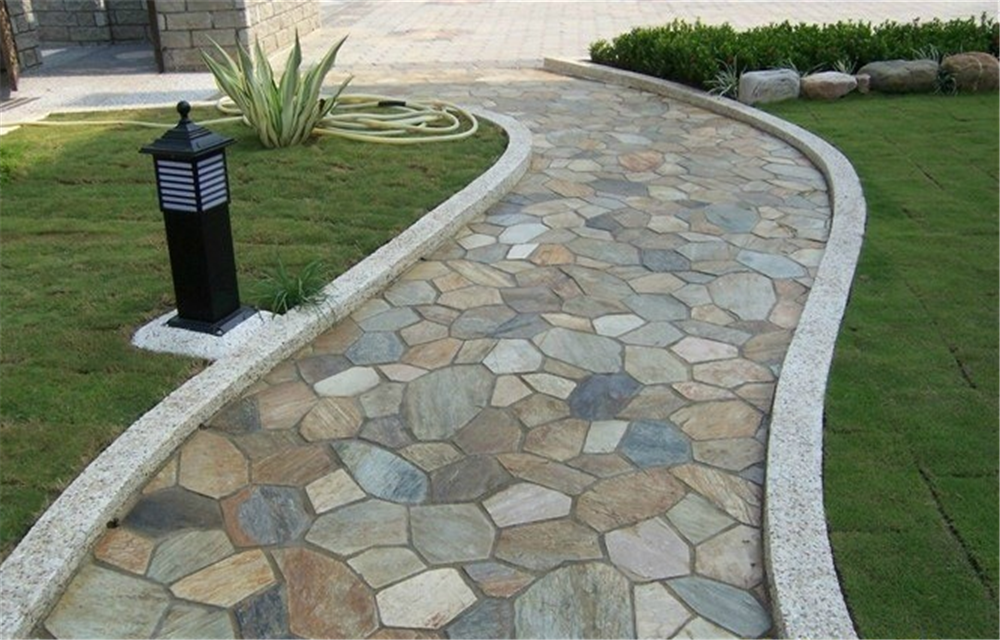Introduction
A well-designed pool area can transform any outdoor space into a luxurious retreat where you can relax and unwind. One key element that can elevate the aesthetic appeal of your pool area is the use of cultured stone. Cultured stone, also known as manufactured stone or faux stone, is a versatile and durable material that closely resembles natural stone but is more affordable and easier to work with. In this article, we will explore the benefits of using cultured stone in your pool area, as well as design ideas and installation tips to help you create a stunning and functional outdoor oasis.
Benefits of Cultured Stone in Pool Areas
1. Aesthetic Appeal: Cultured stone offers a wide range of colors, textures, and patterns that can enhance the visual appeal of your pool area. Whether you prefer a classic look with traditional stone veneer or a more modern aesthetic with sleek and contemporary designs, cultured stone can be customized to suit your style preferences.
2. Durability: Cultured stone is made from a blend of cement, aggregates, and pigments, making it highly durable and resistant to weathering, fading, and cracking. This makes it an ideal choice for pool areas, where it will be exposed to moisture, sunlight, and other outdoor elements.
3. Versatility: Cultured stone can be used in a variety of ways to enhance different areas of your pool space. From creating accent walls and water features to building outdoor kitchens and fire pits, the versatility of cultured stone allows for endless design possibilities.
4. Cost-Effective: While natural stone can be expensive and labor-intensive to install, cultured stone offers a more budget-friendly alternative without compromising on quality or aesthetics. With cultured stone, you can achieve the look of natural stone at a fraction of the cost.
Design Ideas for Cultured Stone Pool Areas
1. Accent Walls: Create a focal point in your pool area by incorporating cultured stone accent walls. Whether you choose to cover an entire wall or create a feature wall behind a waterfall or fountain, the textured and dimensional nature of cultured stone will add depth and visual interest to your outdoor space.
2. Pool Coping: Enhance the edge of your pool with cultured stone coping, which provides a seamless transition between the pool deck and water. Choose a contrasting color or texture to create a striking border around your pool and add a touch of elegance to your pool area.
3. Water Features: Incorporate cultured stone into water features such as fountains, waterfalls, or bubblers to create a soothing and tranquil ambiance in your pool area. The natural look and feel of cultured stone will complement the flowing water and enhance the overall aesthetic of your outdoor oasis.

4. Outdoor Kitchen: Design a stylish and functional outdoor kitchen using cultured stone for the countertops, backsplash, and base of the kitchen island. The durable and heat-resistant properties of cultured stone make it an ideal choice for outdoor cooking areas, providing a sleek and sophisticated look that will withstand the elements.
5. Roofing Slate : Gather around a cozy fire pit made of cultured stone to enjoy cool evenings by the pool. Whether you prefer a traditional circular design or a modern linear shape, a cultured stone fire pit will add warmth and ambiance to your outdoor living space.
Installation Tips for Cultured Stone in Pool Areas
1. Proper Surface Preparation: Before installing cultured stone in your pool area, ensure that the surface is clean, dry, and free of any debris or contaminants. Proper surface preparation is essential for ensuring a secure bond and long-lasting installation.
2. Waterproofing: Since pool areas are exposed to water and moisture, it is important to properly waterproof the substrate before applying cultured stone. Use a waterproofing membrane or sealant to protect the underlying structure and prevent water damage.
3. Professional Installation: While cultured stone can be installed by skilled DIYers, it is recommended to hire a professional contractor with experience in working with this material. A professional installer will ensure proper installation techniques and a flawless finish that will stand the test of time.
4. Maintenance: Cultured stone is relatively low-maintenance, but regular cleaning and sealing can help prolong its lifespan and preserve its appearance. Use a mild detergent and water to clean cultured stone surfaces, and apply a sealant every few years to protect against stains and discoloration.
Conclusion
In conclusion, cultured stone is a versatile and stylish choice for enhancing your pool area. With its aesthetic appeal, durability, versatility, and cost-effectiveness, cultured stone offers a wide range of benefits that make it an ideal material for creating a luxurious outdoor oasis. By incorporating cultured stone into your pool design, you can elevate the beauty and functionality of your pool area and create a welcoming space where you can relax, entertain, and enjoy the outdoors for years to come.
